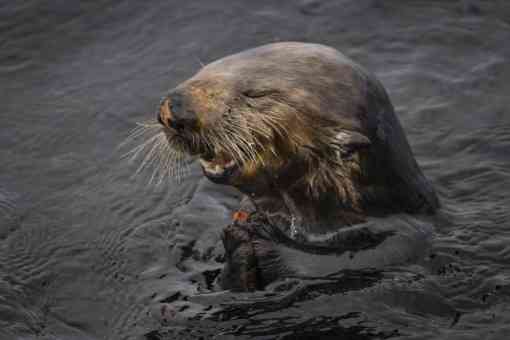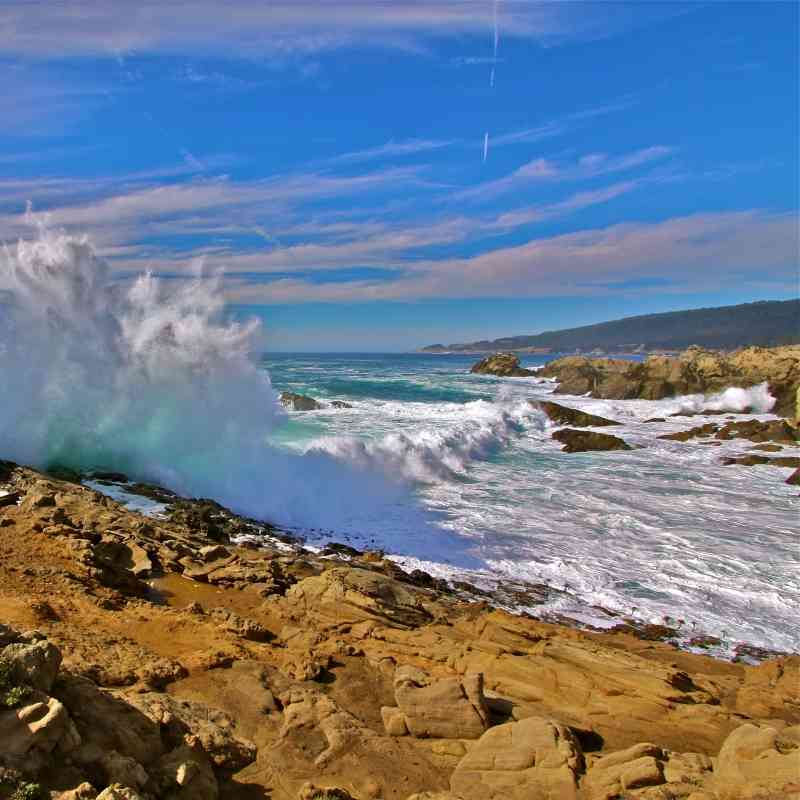Defenders of Wildlife, Sea Otter Savvy, the Elakha Alliance, the Monterey Bay Aquarium and California State Parks will commemorate the 21st annual Sea Otter Awareness Week (SOAW) from September 24-30.
This year’s SOAW will focus on the theme Restoring Missing Links, recognizing the gaps in the species' current population within its historical range and highlighting the role that sea otters play in reestablishing the health of nearshore habitats.
“Encouraging the natural healing of these damaged ecosystems by reintroducing critical species like the sea otter is a moral obligation at this point,” said Andy Johnson, California representative with Defenders. “Humans have caused such harm through overharvesting, polluting and mismanaging natural resources that we must act wherever and whenever we can to right these wrongs. It's not a nice thing to do, it’s a thing we must do.”
The maritime fur trade of the 18th and 19th centuries nearly drove California’s sea otter population to extinction. Once numbering 16,000 throughout California, Baja and southern Oregon, the southern sea otter population today hovers around 3,000 in Central California after more than a century of recovery efforts. However, the population hasn’t expanded its range north or south in 25 years.
Groups like Defenders, Sea Otter Savvy and the Elakha Alliance believe that we can assist in restoring sea otters (and other ecological elements) to barren areas of the coastline to revitalize kelp forests and increase biodiversity.
“The successful restoration of a continuous sea otter population along the north Pacific Rim will require the active and sustained stewardship of all the human communities that form the links in that chain,” said Gena Bentall, Director of Sea Otter Savvy. “People once brought this keystone species to the brink of extinction. Now is the time to make amends and welcome them home.”
The theme Restoring Missing Links follows two recent assessments of the feasibility of sea otter reintroduction. The Elakha Alliance studied the feasibility of restoring sea otters to the Oregon Coast, while the U.S. Fish and Wildlife Service analyzed the potential for returning sea otters to Oregon and northern California. In both cases, reintroduction was deemed feasible, although much work is needed to evaluate the impacts and benefits of releasing sea otters to areas they historically occupied.
According to Johnson, “Restoring the links necessary for healthy ecosystems must occur to help offset the effects of climate change and to realize the host of ecological benefits sea otters provide.”
For over 75 years, Defenders of Wildlife has remained dedicated to protecting all native animals and plants in their natural communities. With a nationwide network of nearly 2.1 million members and activists, Defenders of Wildlife is a leading advocate for innovative solutions to safeguard our wildlife for generations to come. To learn more, please visit https://defenders.org/newsroom or follow us on X @Defenders.






